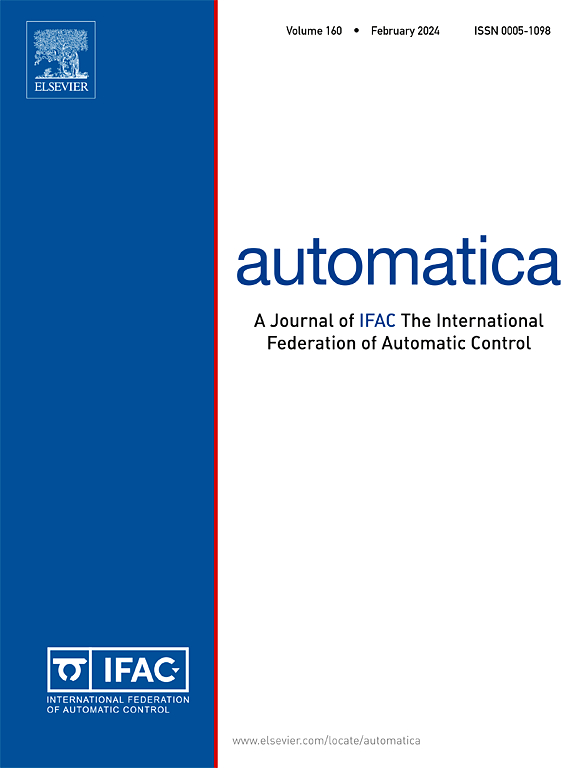稀疏化放大差分隐私的联邦三次正则牛顿学习
IF 5.9
2区 计算机科学
Q1 AUTOMATION & CONTROL SYSTEMS
引用次数: 0
摘要
本文探讨了联邦学习框架中的三次正则牛顿方法,同时解决了两个主要问题:隐私泄露和通信瓶颈。我们提出了差分私有联邦立方正则牛顿(DP-FCRN)算法,该算法利用二阶技术实现比一阶方法更低的迭代复杂度。我们在局部计算中加入了噪声扰动以确保隐私。此外,我们在上行传输中采用了稀疏化,既降低了通信成本,又增强了隐私保障。具体来说,这种方法在不损害隐私保护的情况下降低了必要的噪声强度。分析了算法的收敛性,并建立了隐私保证。最后,通过在一个基准数据集上的实验,验证了所提算法的有效性。本文章由计算机程序翻译,如有差异,请以英文原文为准。
Federated Cubic Regularized Newton Learning with sparsification-amplified differential privacy
This paper explores the cubic-regularized Newton method within a federated learning framework while addressing two major concerns: privacy leakage and communication bottlenecks. We propose the Differentially Private Federated Cubic Regularized Newton (DP-FCRN) algorithm, which leverages second-order techniques to achieve lower iteration complexity than first-order methods. We incorporate noise perturbation during local computations to ensure privacy. Furthermore, we employ sparsification in uplink transmission, which not only reduces the communication costs but also amplifies the privacy guarantee. Specifically, this approach reduces the necessary noise intensity without compromising privacy protection. We analyze the convergence properties of our algorithm and establish the privacy guarantee. Finally, we validate the effectiveness of the proposed algorithm through experiments on a benchmark dataset.
求助全文
通过发布文献求助,成功后即可免费获取论文全文。
去求助
来源期刊

Automatica
工程技术-工程:电子与电气
CiteScore
10.70
自引率
7.80%
发文量
617
审稿时长
5 months
期刊介绍:
Automatica is a leading archival publication in the field of systems and control. The field encompasses today a broad set of areas and topics, and is thriving not only within itself but also in terms of its impact on other fields, such as communications, computers, biology, energy and economics. Since its inception in 1963, Automatica has kept abreast with the evolution of the field over the years, and has emerged as a leading publication driving the trends in the field.
After being founded in 1963, Automatica became a journal of the International Federation of Automatic Control (IFAC) in 1969. It features a characteristic blend of theoretical and applied papers of archival, lasting value, reporting cutting edge research results by authors across the globe. It features articles in distinct categories, including regular, brief and survey papers, technical communiqués, correspondence items, as well as reviews on published books of interest to the readership. It occasionally publishes special issues on emerging new topics or established mature topics of interest to a broad audience.
Automatica solicits original high-quality contributions in all the categories listed above, and in all areas of systems and control interpreted in a broad sense and evolving constantly. They may be submitted directly to a subject editor or to the Editor-in-Chief if not sure about the subject area. Editorial procedures in place assure careful, fair, and prompt handling of all submitted articles. Accepted papers appear in the journal in the shortest time feasible given production time constraints.
 求助内容:
求助内容: 应助结果提醒方式:
应助结果提醒方式:


